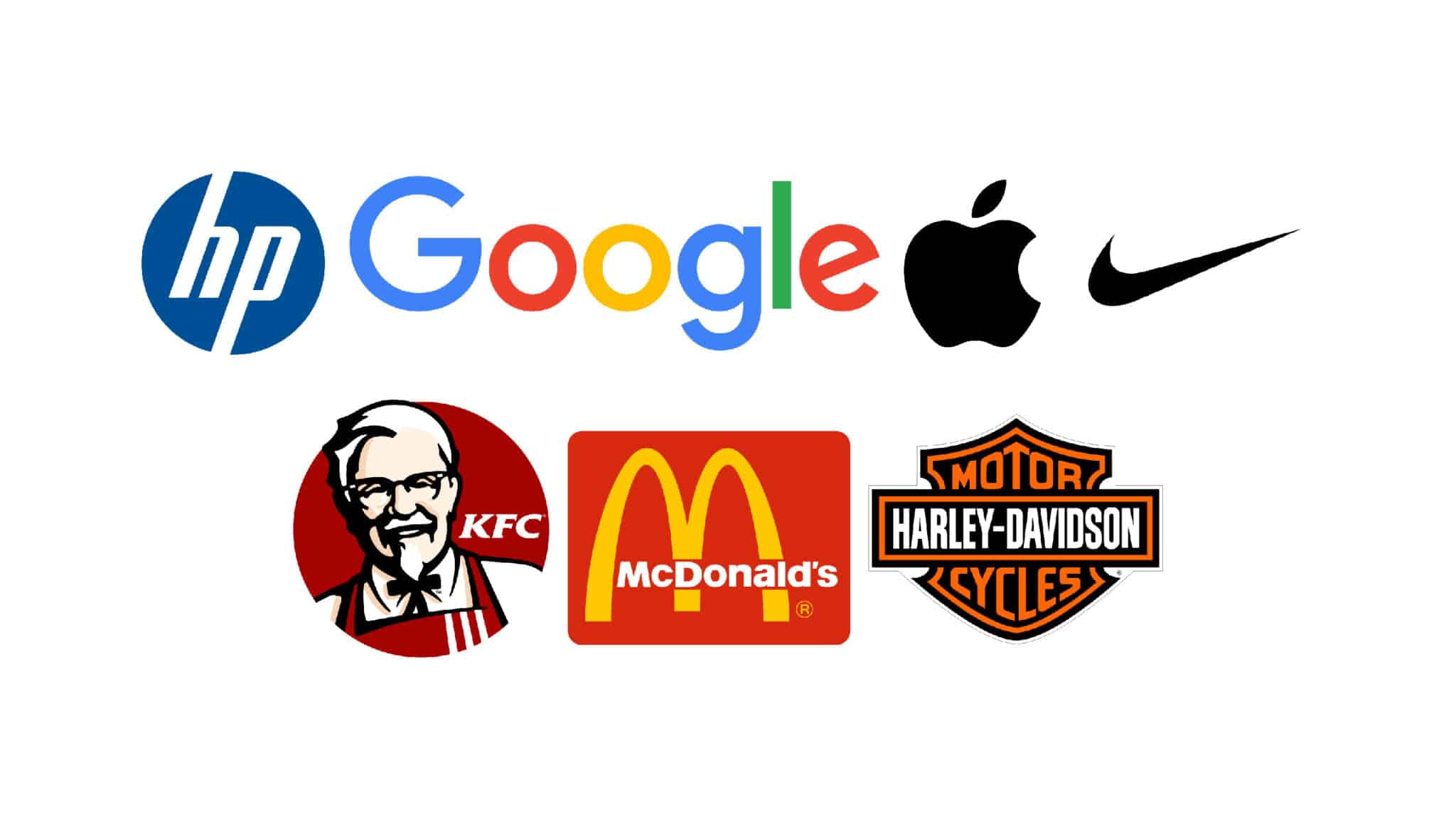Need a Customised Project
We are excited to hear about your project and ready to help bring your ideas to life. Get in touch with us to discuss your vision and how we can assist you in achieving your goals. Let’s start your project together!
Home » Learn What We Think » Choosing the Best Logo for Your Brand: A Guide to the 7 Types of Logos [2023]

Logos are a crucial aspect of brand identity and branding awareness strategies, and a well-designed logo can make all the difference in how your business is perceived. What brand name do you want your logo to represent? They serve as the face of your business, communicating your values, message, and purpose in a single image.
But not all logos are created equal. There are seven types of logos, each with its own unique characteristics and advantages. In this post, we will delve into each type of logo and provide examples to help you choose the best logo for your business.
Monogram logos, also known as lettermarks, are composed of a company’s initials. They are simple, clean, and effective at representing the brand. This type of logo is ideal for companies with long names that are difficult to remember or pronounce.
A great example of a monogram logo is the one used by Hewlett-Packard (HP). The company’s full name is long and difficult to remember, so they opted for a simple monogram logo. The stylized “HP” is instantly recognizable and easy to remember.Wordmark logos
Wordmark logos are text-based logos that use custom typography to represent the brand. They are simple, yet powerful, and are ideal for companies with short and memorable names. A well-designed wordmark can help your brand stand out and create a lasting impression.
A great example of a wordmark logo is the one used by Google. The company’s name is short and memorable, so they opted for a custom typography-based logo. The bold, colorful letters are instantly recognizable and represent the brand’s playful and innovative spirit.
Pictorial mark logos, also known as logo symbols, are graphical representations of a brand. They are memorable, versatile, and can convey complex ideas with a single image. A well-designed pictorial mark can help your brand stand out and create a lasting impression.
A great example of a pictorial mark logo is the one used by Apple. The iconic apple with a bite taken out of it is instantly recognizable and represents the brand’s innovative and user-friendly products.
Abstract logo marks are non-representational and use shapes, colors, and lines to create a unique design. They are versatile, memorable, and can represent the brand’s values and personality without relying on traditional images.
A great example of an abstract logo mark is the one used by Nike. The swoosh design is simple, yet powerful, and represents the brand’s focus on movement and athleticism.
Mascot logos use illustrated characters or animals to represent the brand. They are playful, and memorable, and can help create an emotional connection with the target audience.
A great example of a mascot logo is the one used by KFC. The iconic Colonel Sanders character is instantly recognizable and represents the brand’s southern hospitality and delicious fried chicken.
The combination mark is a logo that combines text and a symbol to create a unique design. This type of logo is versatile and can be used in various marketing materials, including business cards, websites, and billboards.
A great example of a combination mark is the one used by McDonald’s. The golden arches symbol and the custom typography work together to create a powerful and memorable logo.
The emblem is a logo that features text inside a symbol or icon. This type of logo is traditional and works well for companies with a long history or a strong connection to tradition and heritage.
A great example of an emblem logo is the one used by Harley-Davidson. The iconic bar and shield emblem with custom typography is instantly recognizable and represents the brand’s rebellious and adventurous spirit.
Choosing the right logo type for your business is crucial in creating a strong brand identity. Consider your brand values, target audience, and message when selecting a logotype. And remember, a well-designed logo can help you stand out in a crowded market and make a lasting impression on potential customers.
We hope this post has provided you with valuable insights into the seven types of logos and how to use them. If you need help creating a logo for your brand, consider working with a professional designer who can help you create a logo that accurately represents your brand and speaks to your target audience.
We are excited to hear about your project and ready to help bring your ideas to life. Get in touch with us to discuss your vision and how we can assist you in achieving your goals. Let’s start your project together!
Tanur Graphics is a dynamic graphic design studio founded by Arifur Rahman Tanu. With over 10 years of experience, we specialize in branding, packaging, and web design.
Tanur Graphics is a dynamic graphic design studio founded by Arifur Rahman Tanu. With over 10 years of experience, we specialize in branding, packaging, and web design. Contact us to bring your vision to life.